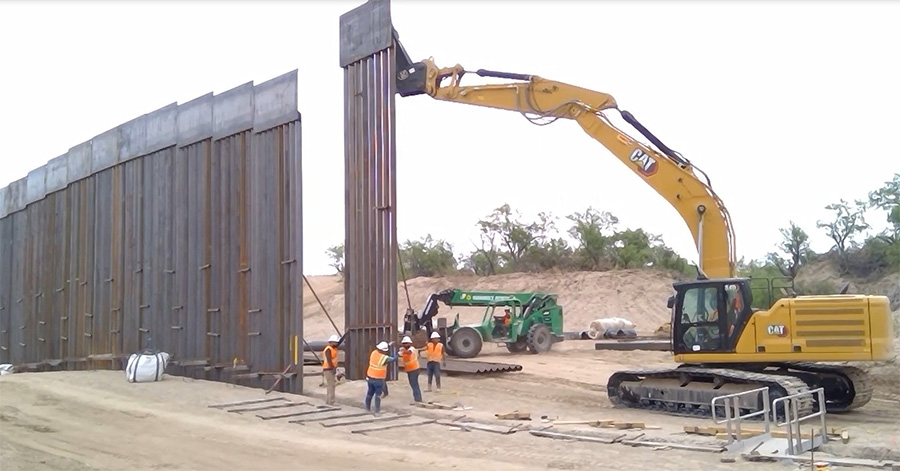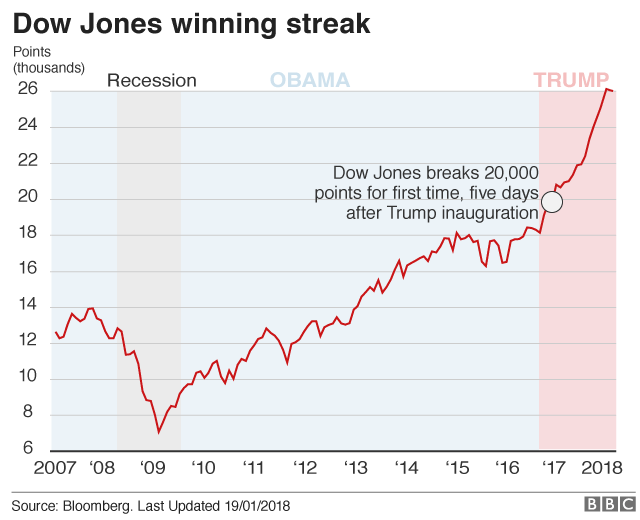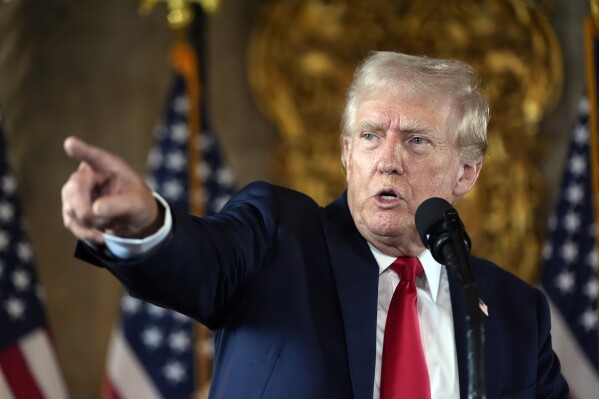The United States government shutdown is a complex and multifaceted issue that has significant implications for the country's economy and its workers. At its core, a government shutdown occurs when the US Congress fails to pass a federal budget or a continuing resolution, leading to the closure of non-essential government services and the furlough of thousands of federal employees.
The impact of a government shutdown on workers can be severe. Many federal employees are forced to go without pay, while others are required to work without compensation until the shutdown is resolved. This can lead to financial hardship and uncertainty for those affected. In addition, government contractors and small business owners who rely on government contracts may also feel the effects of a shutdown.
Some of the key areas that are impacted by a government shutdown include:
- Federal agencies, such as the Department of Transportation and the Department of Education
- National parks and monuments, which may be closed to visitors
- Government-funded research and development projects, which may be put on hold
- Small businesses and contractors that rely on government contracts, which may experience delays or losses
The economic impact of a government shutdown can also be significant. A shutdown can lead to a decline in consumer spending, a decrease in economic growth, and a loss of business confidence. Furthermore, the uncertainty and instability caused by a shutdown can have long-term effects on the economy, making it more challenging for businesses to plan and invest for the future.
In the following sections, we will delve deeper into the causes and consequences of a government shutdown, as well as the potential solutions and mitigations that can be implemented to minimize its impact on workers and the economy. We will also examine the historical context of government shutdowns and the lessons that can be learned from past experiences.

Causes of the Shutdown
The shutdown was a result of a prolonged disagreement between the President and Congress over border wall funding. This disagreement stemmed from the President's insistence on allocating a significant amount of money towards the construction of a border wall, a key campaign promise. Congress, on the other hand, was opposed to approving such a large sum, citing concerns over the effectiveness and necessity of the wall.
The disagreement led to a stalemate, with neither side willing to budge. As a result, a partial government shutdown was implemented, affecting various federal agencies and services. The impact of the shutdown was far-reaching, with many government employees facing uncertainty and financial hardship.
Some of the key areas affected by the shutdown include:
- Federal law enforcement agencies, which saw a significant reduction in personnel and resources
- National parks and museums, which were closed or operated with limited staff
- Government-funded research programs, which were put on hold or canceled
- Immigration services, which experienced significant delays and backlogs
The shutdown also had a significant impact on the economy, with many businesses and industries relying on government services and contracts. The lack of funding and personnel led to a decrease in economic activity, with many companies facing financial losses and uncertainty. Additionally, the shutdown highlighted the vulnerability of certain industries and the need for more robust contingency planning.
The effects of the shutdown were felt by many individuals and families, particularly those who rely on government services and support. The lack of funding and personnel led to a decrease in the quality and availability of essential services, including healthcare, education, and social welfare programs. As the shutdown continued, concerns grew over the long-term impact on the country's infrastructure, economy, and social fabric.

Economic Impact
The economic impact of a major disruption can be significant, with far-reaching consequences for individuals, businesses, and the economy as a whole. One of the most immediate effects is the estimated daily loss of $400 million for workers, highlighting the urgent need for swift action to mitigate the damage.
This daily loss can have a ripple effect, impacting not only the workers themselves but also their families and communities. As the days turn into weeks, the cumulative effect can be staggering, leading to a significant decline in economic activity. The potential long-term effects on the US economy are a major concern, with some experts warning of a potential recession if the disruption is not resolved quickly.
Some of the key areas of concern include:
- Reduced consumer spending, as workers have less disposable income
- Decreased business investment, as companies become more cautious
- Increased unemployment, as businesses are forced to cut back
- Lower economic growth, as the disruption takes its toll
The potential long-term effects on the US economy can have a significant impact on global markets, as the US is a major player in international trade. A decline in US economic activity can lead to a decline in demand for exports, impacting countries around the world. This can have a ripple effect, leading to a global economic slowdown and potentially even a recession.
In addition to the economic impacts, there are also social and political implications to consider. The disruption can lead to increased poverty and inequality, as those who are already vulnerable are disproportionately affected. This can lead to social unrest and political instability, making it even more challenging to resolve the disruption and restore economic activity. As such, it is essential to take a comprehensive and multi-faceted approach to addressing the economic impact, one that takes into account the complex interplay of factors at work.

Trump's Perspective
Donald Trump has been known for his unconventional approach to governance, and one of his notable statements was about "clearing out dead wood, waste, and fraud" in the federal government. This statement reflects his intention to reform the bureaucracy and make it more efficient. According to Trump, the federal government is plagued by inefficiencies, corruption, and wasteful spending, which he believes can be addressed by removing unnecessary positions and streamlining processes.
The concept of "clearing out dead wood" implies that Trump aims to eliminate redundant or unnecessary roles within the federal workforce. This could involve reducing the number of employees in certain departments or agencies, as well as implementing measures to prevent fraud and abuse. Trump's approach is based on the idea that a leaner, more efficient government can better serve the American people. However, this approach also raises concerns about the potential consequences for the federal workforce.
Some of the potential consequences of Trump's approach include:
- Job losses: Reducing the number of employees in the federal government could lead to significant job losses, particularly in departments that are deemed inefficient or redundant.
- Loss of expertise: The federal government employs many skilled and experienced professionals who have valuable expertise in their fields. Removing these individuals could lead to a loss of institutional knowledge and expertise.
- Decreased morale: Trump's approach could also lead to decreased morale among federal employees, as they may feel that their jobs are insecure or that they are not valued.
The potential consequences of Trump's approach on the federal workforce are far-reaching and could have significant impacts on the government's ability to function effectively. While Trump's intention to reform the bureaucracy and eliminate waste is understandable, it is essential to consider the potential consequences of his approach and to ensure that any reforms are implemented in a way that minimizes harm to the federal workforce and the American people.
Trump's statement has sparked a debate about the role of the federal government and the best way to achieve efficiency and effectiveness. Some argue that Trump's approach is necessary to address the problems of waste and inefficiency in the government, while others believe that it could lead to unintended consequences, such as a brain drain or a decrease in the quality of government services. Ultimately, the impact of Trump's approach will depend on how it is implemented and whether it is balanced with a consideration for the potential consequences.

Worker Concerns
The concerns of federal workers who may not receive pay during the shutdown are multifaceted. One of the primary concerns is the financial burden that comes with not receiving a paycheck. Many federal workers live paycheck to paycheck, and a missed payment can lead to difficulties in paying bills, mortgages, and other essential expenses.
The uncertainty surrounding the shutdown also takes a toll on workers' mental health and well-being. Workers are left wondering when they will receive their next paycheck, and the lack of clarity can cause significant anxiety and stress. This can be particularly challenging for workers who have families to support and are relying on their income to make ends meet.
Some of the key concerns of federal workers include:
- Financial instability and uncertainty about when they will receive their next paycheck
- Difficulty paying bills, mortgages, and other essential expenses
- Impact on their credit score and overall financial health
- Anxiety and stress caused by the uncertainty surrounding the shutdown
The potential impact on worker morale and productivity is also a significant concern. When workers are not receiving pay, they may feel undervalued and unappreciated, leading to a decline in morale. This can have long-term effects on productivity, as workers may become demotivated and disengaged from their work. Furthermore, the shutdown can also lead to a loss of talent, as workers may seek alternative employment opportunities that offer more stability and security.
In terms of productivity, the shutdown can have far-reaching consequences. Workers who are not receiving pay may not be motivated to perform at their best, and the lack of resources and support can also hinder their ability to carry out their duties effectively. This can have significant implications for the overall performance of the organization and the delivery of essential services to the public. The impact on worker morale and productivity can be long-lasting, even after the shutdown has ended, and it is essential to address these concerns to ensure the well-being and success of federal workers.

Frequently Asked Questions (FAQ)
How long can the US government shutdown last?
The US government shutdown is a complex and multifaceted issue that can have far-reaching consequences for the country. One of the most pressing questions on everyone's mind is how long the shutdown can last. The answer to this question is not straightforward, as it depends on various factors, including the level of cooperation between the President and Congress.
The shutdown can last indefinitely until an agreement is reached between the two parties. This is because the government cannot function without a budget, and the President and Congress must come to a consensus on how to allocate funds. Until then, non-essential government services will remain closed, and hundreds of thousands of federal employees will be furloughed or work without pay.
Some of the key factors that can influence the duration of the shutdown include:
- The level of political will to reach a compromise
- The impact of the shutdown on the economy and public services
- The ability of the President and Congress to negotiate and find common ground
- The role of external factors, such as public opinion and media pressure
These factors can either prolong or shorten the shutdown, depending on how they are managed and addressed by the parties involved.
In the past, government shutdowns have lasted from a few days to several weeks. However, the current shutdown has the potential to last longer, given the deep divisions between the President and Congress. The longer the shutdown lasts, the more severe its consequences will be, including delays in pay for federal employees, disruptions to public services, and a slowdown in economic activity.
Ultimately, the duration of the shutdown will depend on the ability of the President and Congress to put aside their differences and work towards a common goal. This will require a willingness to compromise and find creative solutions to the budget impasse. Until then, the country will have to wait and see how long the shutdown will last and what its eventual outcome will be.
Which federal agencies are affected by the shutdown?
The current shutdown has far-reaching consequences, impacting various aspects of government operations. Multiple federal agencies are affected, leading to a significant disruption in services and operations. This includes agencies responsible for national security, food safety, and environmental protection.
The Department of Homeland Security is one of the agencies impacted by the shutdown. This department plays a critical role in protecting the country from threats, both domestic and foreign. The shutdown affects not only the department's administrative functions but also its ability to respond to emergencies and threats.
Other agencies affected include the Department of Agriculture, which is responsible for ensuring food safety and providing support to farmers. The shutdown has significant implications for these agencies, leading to a suspension of non-essential services. Some of the key agencies impacted by the shutdown include:
- Department of Homeland Security
- Department of Agriculture
- Department of the Interior
- Department of Transportation
- Department of Housing and Urban Development
These agencies provide essential services, and the shutdown has significant consequences for the public. For example, the Department of Agriculture's shutdown affects food safety inspections, while the Department of the Interior's shutdown impacts national parks and wildlife refuges. The shutdown also affects the Department of Transportation, leading to a suspension of non-essential services, including certain types of transportation grants and loans.
The impact of the shutdown is not limited to these agencies alone. Many other federal agencies are also affected, leading to a significant disruption in government services. As the shutdown continues, its effects will be felt across various sectors, including the economy, healthcare, and education. The shutdown highlights the need for a functional and effective government, and its consequences serve as a reminder of the importance of resolving budget disputes and avoiding government closures.
Can federal workers collect unemployment benefits during the shutdown?
During a federal government shutdown, many workers are left without pay, sparking concerns about their financial stability. Fortunately, some federal workers may be eligible for unemployment benefits to help them cope with the loss of income. However, the process and eligibility for these benefits vary significantly from state to state.
The eligibility criteria for unemployment benefits differ across states, and not all federal workers qualify for these benefits. Generally, federal workers who are furloughed or on temporary leave without pay may be eligible for unemployment benefits. On the other hand, federal workers who are deemed essential and continue to work without pay during the shutdown may not be eligible for these benefits.
To determine their eligibility, federal workers should check with their state's unemployment office. The following factors are typically considered when evaluating eligibility:
- State of residence: Unemployment benefits are administered by each state, and the eligibility criteria and application process may vary.
- Reason for unemployment: Federal workers who are furloughed or on temporary leave without pay may be eligible, while those who continue to work without pay may not.
- Work history: Federal workers must have a sufficient work history and earnings to qualify for unemployment benefits.
The application process for unemployment benefits also varies by state. Federal workers should be prepared to provide documentation, such as proof of employment, proof of income, and a Social Security number. Some states may have additional requirements or procedures for federal workers. It is essential for federal workers to check with their state's unemployment office to determine the specific requirements and application process.
In some cases, federal workers may be required to repay unemployment benefits if they receive back pay after the shutdown. This is because unemployment benefits are intended to provide temporary financial assistance, and back pay is considered income that should be reported to the state unemployment office. Federal workers should be aware of the potential for repayment and plan accordingly to avoid any financial repercussions.



